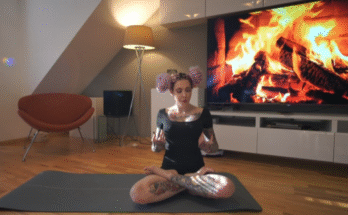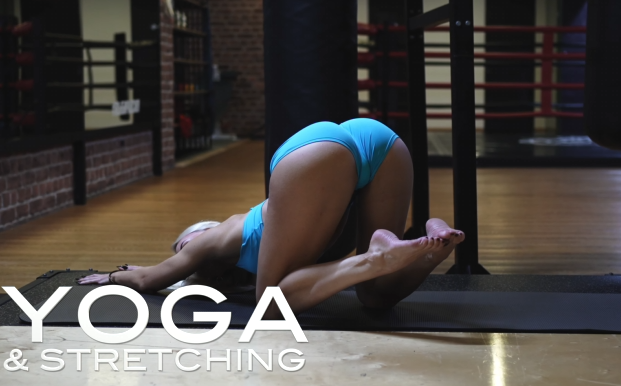
Hip flexibility plays a crucial role in maintaining overall mobility, posture, and athletic performance. When the hip muscles are flexible and strong, they allow for smoother movement, reduced pain, and better balance. However, due to our modern sedentary lifestyle, most people experience tight hips. Hours of sitting at a desk, driving, or simply not stretching enough can lead to hip stiffness. This is why deep hip stretches are essential for improving flexibility, releasing tension, and preventing injuries. In this article, we will explore the benefits of hip stretches, key exercises, and a structured deep stretch routine you can follow—perfect for a 4K video workout experience that provides clear visual guidance.
Why Hip Flexibility Matters
The hips are the powerhouse of our body. They are involved in almost every movement we make, from walking to running and even sitting. When hip flexors and surrounding muscles become tight, they can pull on the lower back, causing discomfort or even pain. This is a common reason why people suffer from lower back issues. Moreover, hip tightness can limit the range of motion, making it difficult to perform everyday tasks like bending or squatting.
Athletes, dancers, and yoga enthusiasts know the importance of hip flexibility. Whether you are doing lunges, running, or lifting weights, mobile hips allow you to engage muscles effectively and prevent strain. A deep hip stretch routine not only improves performance but also helps with recovery after intense workouts.

Benefits of Deep Hip Stretches
- Improved Range of Motion – Stretching the hip muscles increases mobility in the hip joint, which is vital for performing exercises like squats and lunges with proper form.
- Better Posture – Tight hip flexors can tilt the pelvis forward, leading to poor posture. Stretching can correct this imbalance.
- Pain Relief – People with lower back pain often find relief through hip stretches because they reduce tension in the surrounding muscles.
- Enhanced Circulation – Deep stretches promote blood flow, which aids in muscle recovery and overall flexibility.
- Mental Relaxation – Like all stretching routines, focusing on deep hip stretches can calm the mind and release stress.
Key Hip Muscles to Stretch
Before diving into the routine, it’s important to understand which muscles we are targeting:
- Hip Flexors (Iliopsoas) – These muscles are often tight due to sitting for long periods.
- Glutes – Strong but sometimes stiff muscles that need stretching to maintain mobility.
- Hamstrings – They are connected to hip movement and benefit from stretching alongside the hips.
- Inner Thighs (Adductors) – Essential for maintaining balance and flexibility.
- Piriformis – A small muscle in the buttocks that, when tight, can cause discomfort.
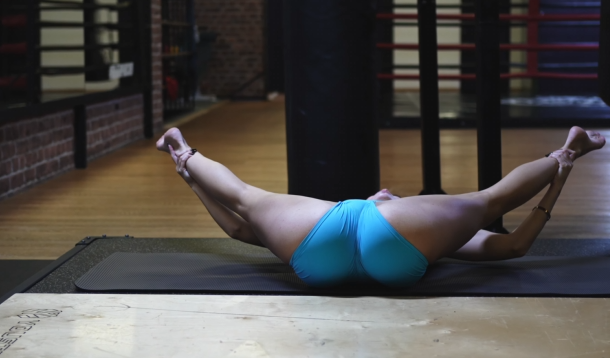
Hip Flexibility Deep Stretch Routine
Below is a step-by-step routine you can follow. Aim to hold each stretch for at least 30–60 seconds per side for maximum effectiveness. For the best results, consider performing this routine in a quiet space with relaxing music or following along with a 4K stretch video for clearer visuals.
1. Low Lunge Stretch (Anjaneyasana)
This stretch targets the hip flexors and quads.
- Begin in a lunge position with your right foot forward and left knee on the floor.
- Keep your chest lifted, hands on your right thigh, or reach your arms overhead for a deeper stretch.
- Push your hips forward gently, feeling the stretch in the left hip flexor.
- Hold for 30–45 seconds and switch sides.
2. Pigeon Pose
Pigeon pose is one of the best stretches for the glutes and piriformis.
- Start in a plank position and bring your right knee forward, placing it behind your hands with your shin at an angle.
- Extend your left leg straight behind you.
- Keep your chest upright, or fold forward over your bent leg for a deeper stretch.
- Hold for 45–60 seconds, then switch legs.
3. Butterfly Stretch
This targets the inner thighs and groin area.
- Sit on the floor and bring the soles of your feet together, letting your knees drop to the sides.
- Keep your spine tall and hold your feet with your hands.
- Gently press your knees toward the floor, but don’t force the stretch.
- Hold for 30–45 seconds.
4. Figure Four Stretch
This is excellent for stretching the glutes and hips.
- Lie on your back with your knees bent and feet flat on the floor.
- Cross your right ankle over your left knee, forming a “4” shape.
- Pull your left thigh toward your chest, holding the back of your left leg.
- Hold for 30 seconds, then switch sides.
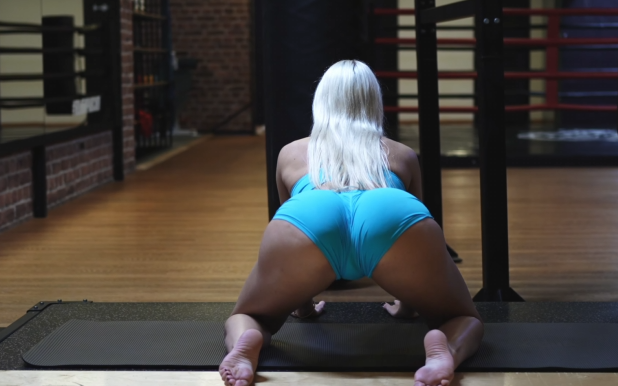
5. Frog Stretch
Frog stretch deeply opens the inner thighs and hips.
- Start on all fours, then slowly spread your knees apart while keeping your feet in line with your knees.
- Lower your hips back toward your heels, keeping your arms on the floor for support.
- Hold for 30–60 seconds.
6. Seated Forward Fold with Wide Legs
This stretch opens the hips, inner thighs, and hamstrings.
- Sit with your legs wide apart.
- Keep your back straight and slowly hinge forward at the hips.
- Walk your hands forward as far as you comfortably can, feeling the stretch.
- Hold for 30–45 seconds.
7. Hip Circles (Dynamic Warm-Up)
Dynamic hip movements help loosen tight muscles.
- Stand with your feet hip-width apart.
- Place your hands on your hips and make slow circular motions with your hips.
- Perform 10 circles clockwise and 10 counterclockwise.
Tips for a Successful Stretching Routine
- Warm-Up First – Always do light movements (like walking or gentle squats) before deep stretching to avoid muscle strain.
- Breathe Deeply – Inhale and exhale slowly during stretches to help muscles relax.
- Avoid Overstretching – Stretch until you feel tension, not pain.
- Stay Consistent – Flexibility improves with regular practice. Aim for at least 3–4 sessions per week.
- Use Props if Needed – Yoga blocks or cushions can make poses more comfortable.
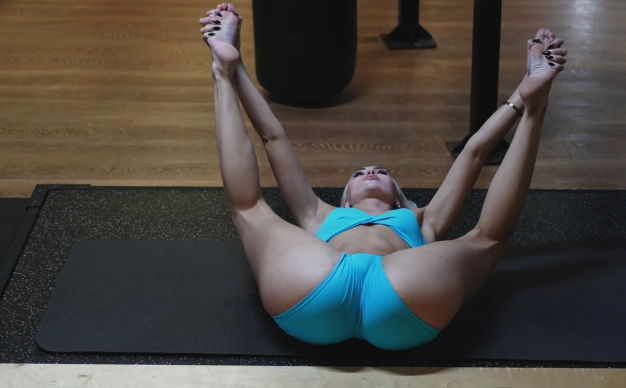
4K Deep Stretch Experience
Watching or following a 4K hip flexibility video can make a big difference. The high-resolution visuals allow you to see correct posture, alignment, and transitions between stretches. Whether you are a beginner or advanced, a guided 4K session provides step-by-step instruction, ensuring you don’t make common mistakes. Moreover, the clear details help you notice subtle adjustments, which can make your stretch safer and more effective.
Conclusion
Hip flexibility is the foundation of smooth and pain-free movement. By incorporating deep hip stretches into your daily or weekly routine, you’ll notice improved posture, increased mobility, and reduced discomfort in the lower back and hips. The routine outlined here, when combined with a 4K guided video, offers an immersive and highly effective way to unlock your hips. Remember, flexibility is not achieved overnight. With patience, dedication, and mindful stretching, your hips will gradually open up, allowing you to move with freedom and confidence.

